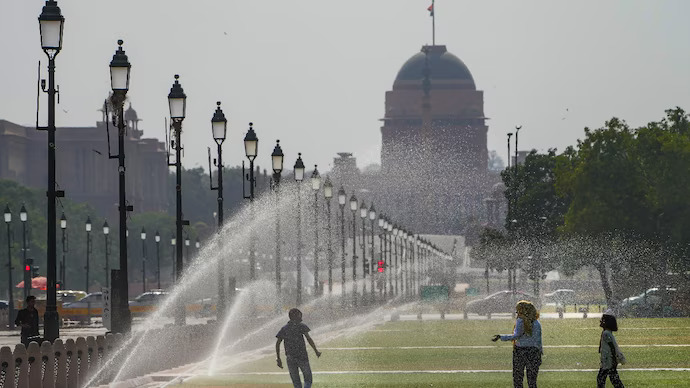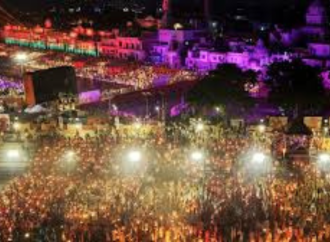The scorching sun has turned Delhi into a furnace, with temperatures soaring above 45°C and a relentless heatwave gripping the city. This extreme weather event has caused significant discomfort and disruption to daily life for millions of residents. Let’s delve deeper into this ongoing heatwave and explore its impact. The Intensity of the Heat Delhi
The scorching sun has turned Delhi into a furnace, with temperatures soaring above 45°C and a relentless heatwave gripping the city. This extreme weather event has caused significant discomfort and disruption to daily life for millions of residents. Let’s delve deeper into this ongoing heatwave and explore its impact.
The Intensity of the Heat
Delhi has been experiencing a severe heatwave since mid-June 2024. The India Meteorological Department (IMD) has issued “red alerts” for several days, indicating a high risk of heatstroke for prolonged exposure. The Safdarjung observatory, Delhi’s primary weather station, recorded a scorching 45.2°C on June 17th, which is a staggering 6.4°C above the normal seasonal average. The heat index, which factors in humidity and feels even hotter, has crossed 50°C in some parts of the city.
Causes of the Heatwave
Several factors contribute to the current heatwave in Delhi. These include:
- The Absence of Pre-Monsoon Showers: The pre-monsoon showers, usually expected in June, have been delayed this year. This lack of rainfall has prevented the washing away of dust and pollutants, leading to increased heat absorption.
- Strong Western Disturbances: While these disturbances typically bring cooler winds, they have been weak and infrequent this season, failing to provide any respite from the scorching heat.
- Climate Change: The global rise in temperatures due to climate change is making extreme weather events like heatwaves more frequent and intense.
Impact of the Heatwave
The heatwave has had a significant impact on Delhi’s residents. Some of the key challenges include:
- Health Risks: Prolonged exposure to the heat can lead to heatstroke, dehydration, and other heat-related illnesses. Vulnerable populations like children, the elderly, and those with chronic health conditions are at a higher risk.
- Power Outages: The increased demand for electricity due to air conditioners has led to power outages in some areas, further aggravating the discomfort.
- Water Scarcity: The heatwave has increased the demand for water, putting a strain on the city’s water resources.
- Disruption of Daily Life: Many outdoor activities have been restricted due to the extreme heat.
What Can Be Done?
There are several ways to mitigate the impact of the heatwave:
- Staying Hydrated: Drinking plenty of fluids is crucial to stay cool and prevent dehydration.
- Wearing Light Clothes: Opt for loose-fitting, light-colored clothing that allows for better airflow.
- Limiting Sun Exposure: Avoid prolonged exposure to the sun, especially during peak hours.
- Staying Informed: Keep track of weather updates and follow advisories issued by authorities.
- Water Conservation: Use water efficiently and avoid wastage.
- Planting Trees: Increasing green cover in urban areas can help to regulate temperatures.
The heatwave is expected to persist for a few more days, but the monsoon rains are likely to arrive sometime in July, bringing much-needed relief. In the meantime, it is important for residents to take precautions and stay informed about the weather conditions.














Leave a Comment
Your email address will not be published. Required fields are marked with *